Content Menu
● Understanding Swimwear Sizing
● Factors Influencing Swimwear Fit
● The Case for Sizing Up
● When to Stay True to Size
● How to Determine If You Should Size Up
● Tips for a Perfect Fit
● The Psychological Aspect of Swimwear Sizing
● Sustainable Sizing: A New Trend
● Conclusion
● Frequently Asked Questions
>> 1. Q: How do I know if my swimsuit is too small?
>> 2. Q: Will my swimsuit stretch out over time?
>> 3. Q: Is it better to size up or down if I'm between sizes?
>> 4. Q: How should a one-piece swimsuit fit?
>> 5. Q: Can I mix and match swimwear sizes for tops and bottoms?
As the warm rays of summer beckon us towards the beach or pool, the quest for the perfect swimwear begins. One of the most common dilemmas faced by swimwear shoppers is whether to go up a size or stick to their usual measurements. This seemingly simple decision can significantly impact your comfort, confidence, and overall enjoyment of your time in the water. In this comprehensive guide, we'll dive deep into the world of swimwear sizing, exploring the factors that influence fit, the benefits of sizing up, and when it might be better to stay true to size.
Understanding Swimwear Sizing
Before we plunge into the debate of sizing up, it's crucial to understand how swimwear sizing works. Unlike regular clothing, swimsuits are designed to fit snugly against the body, creating a streamlined silhouette in the water. This snug fit is essential for both function and fashion, but it can also lead to confusion when it comes to choosing the right size.
Swimwear sizes typically range from XS to XL, with some brands offering extended sizes. However, these sizes can vary significantly between brands, making it essential to consult individual size charts before making a purchase. Some swimwear is also sized according to dress sizes or bra cup sizes, adding another layer of complexity to the sizing process.
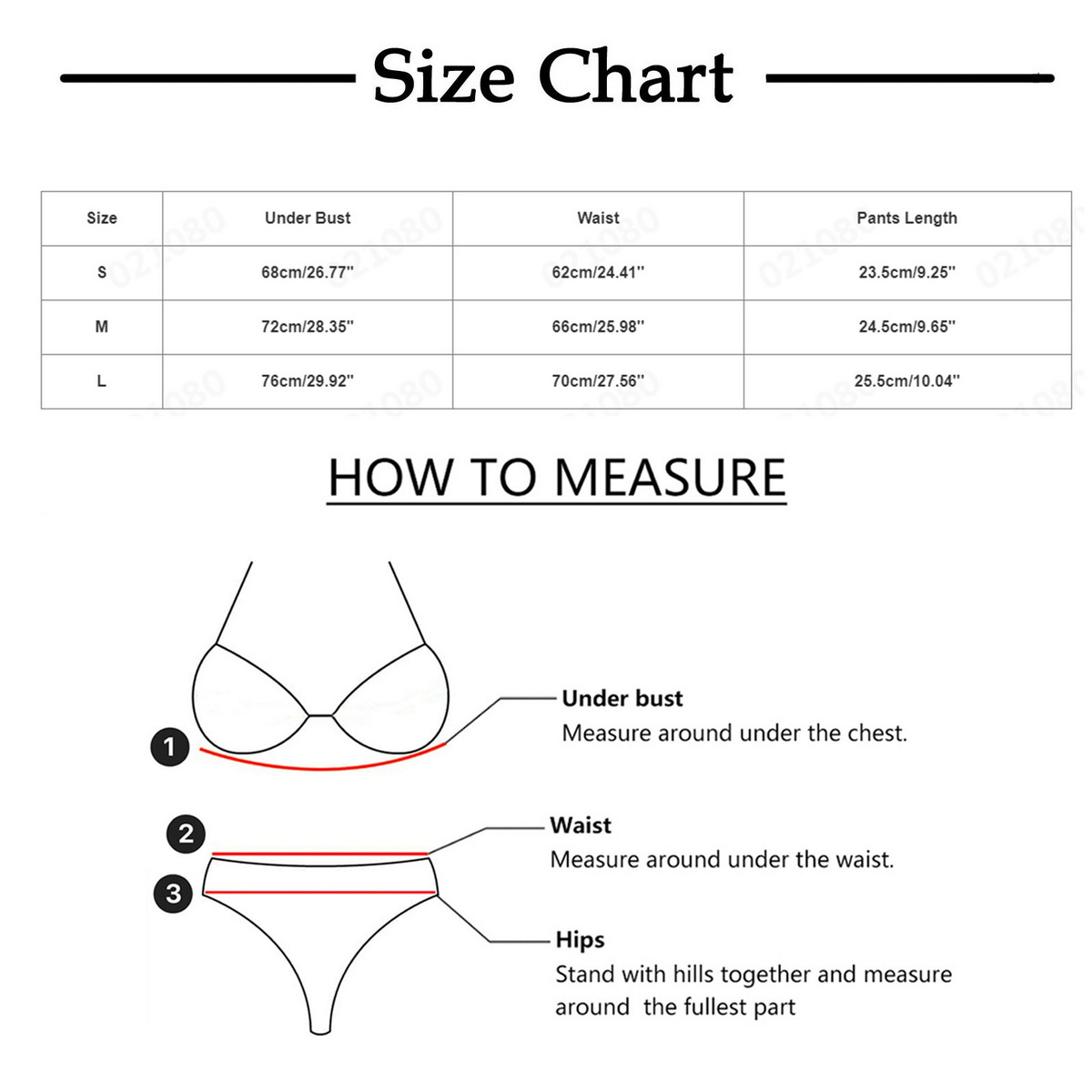
Factors Influencing Swimwear Fit
Several factors can influence how a swimsuit fits, and understanding these can help you make an informed decision about whether to size up:
1. Body Shape: Your unique body shape plays a significant role in how swimwear fits. Pear-shaped individuals may find that suits fit differently than those with an hourglass or apple shape.
2. Material: The fabric of the swimsuit can affect its fit and stretch. Nylon and spandex blends offer more give, while polyester may be less forgiving.
3. Style: Different swimsuit styles fit differently. A one-piece may require a different approach to sizing than a bikini or tankini.
4. Brand: As mentioned earlier, sizing can vary between brands, so what fits perfectly in one brand may be too tight or loose in another.
5. Personal Preference: Some people prefer a snugger fit, while others like a bit more room in their swimwear.
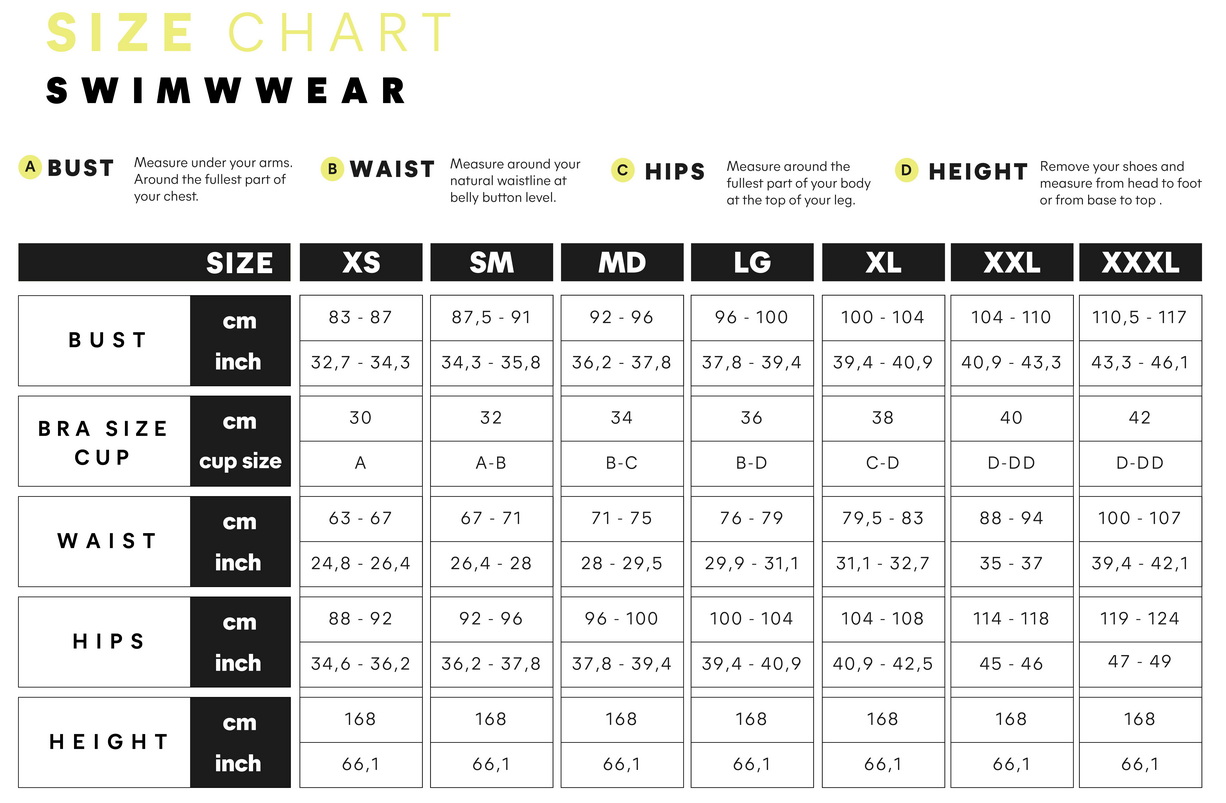
The Case for Sizing Up
Now, let's explore the reasons why you might want to consider going up a size in your swimwear:
1. Comfort: A slightly larger size can provide more comfort, especially if you're between sizes or if you find that your usual size feels restrictive.
2. Avoiding Unflattering Bulges: Swimwear that's too tight can create unflattering bulges or "muffin top" effects. Sizing up can help smooth out these areas for a more flattering look.
3. Accommodating Fluctuations: Our bodies naturally fluctuate in size due to factors like water retention, menstrual cycles, or recent changes in diet or exercise. A slightly larger size can accommodate these fluctuations without becoming uncomfortable.
4. Preventing Sagging When Wet: Some swimwear materials can sag or stretch when wet. Sizing up can help prevent this, ensuring your suit stays in place even after a dip in the water.
5. Longevity: A slightly looser fit can extend the life of your swimsuit, as it puts less strain on the fabric and elastic components.
6. Modesty: If you prefer more coverage or a less revealing fit, sizing up can provide that extra bit of material you're looking for.
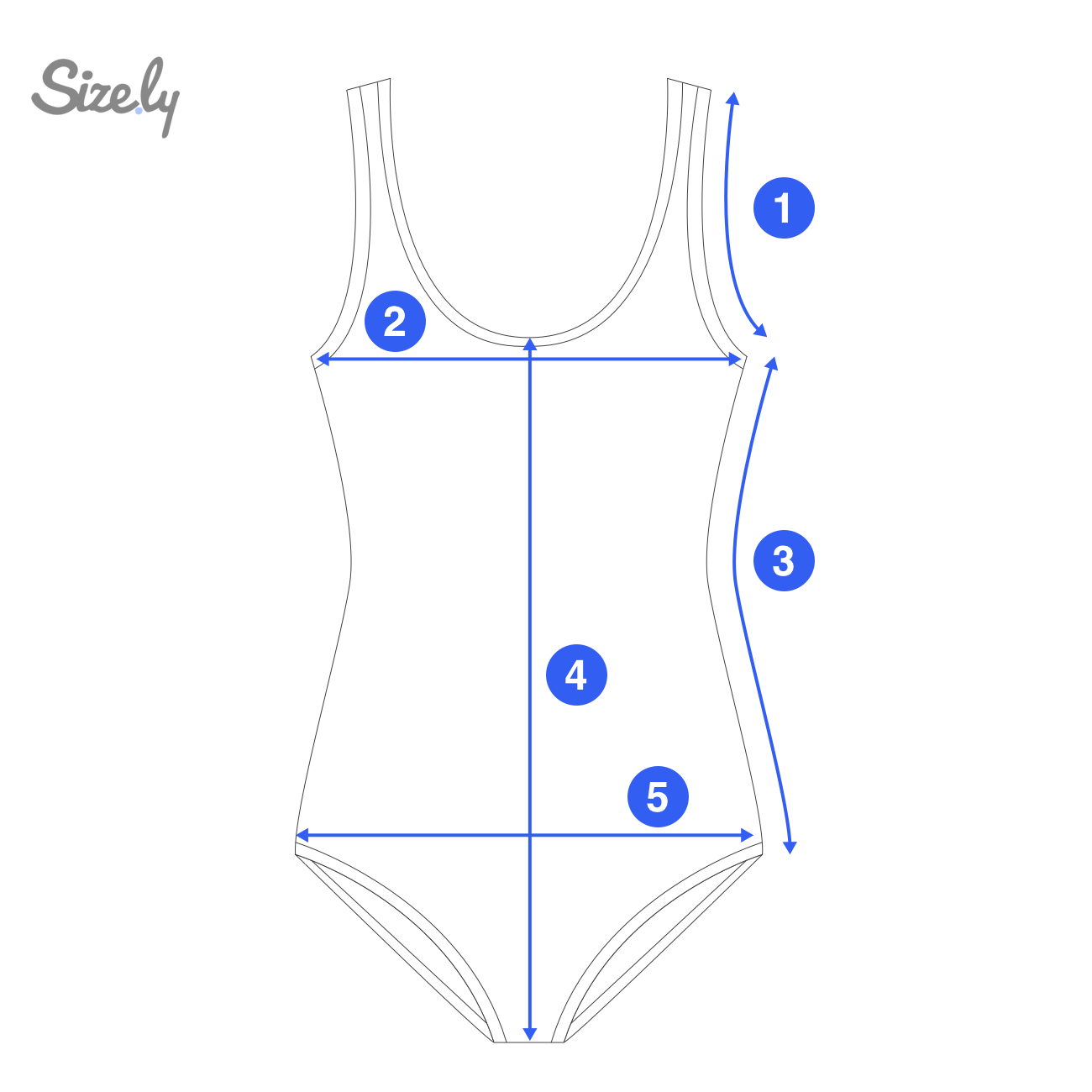
When to Stay True to Size
While there are many benefits to sizing up, it's not always the best choice. Here are some situations where sticking to your usual size might be preferable:
1. Performance Swimming: If you're using your swimsuit for lap swimming or competitive purposes, a snug fit is essential for reducing drag in the water.
2. Certain Styles: Some swimwear styles, like bandeau tops or string bikinis, rely on a snug fit to stay in place. Sizing up in these cases could lead to wardrobe malfunctions.
3. Supportive Suits: If you need extra bust support, staying true to size (or even sizing down in the band) can provide better lift and security.
4. Brand Recommendations: Some brands specifically design their swimwear to be purchased in your usual size. Always check the brand's sizing recommendations before deciding to size up.
5. Personal Preference: If you're comfortable and confident in your usual size, there's no need to change what works for you.
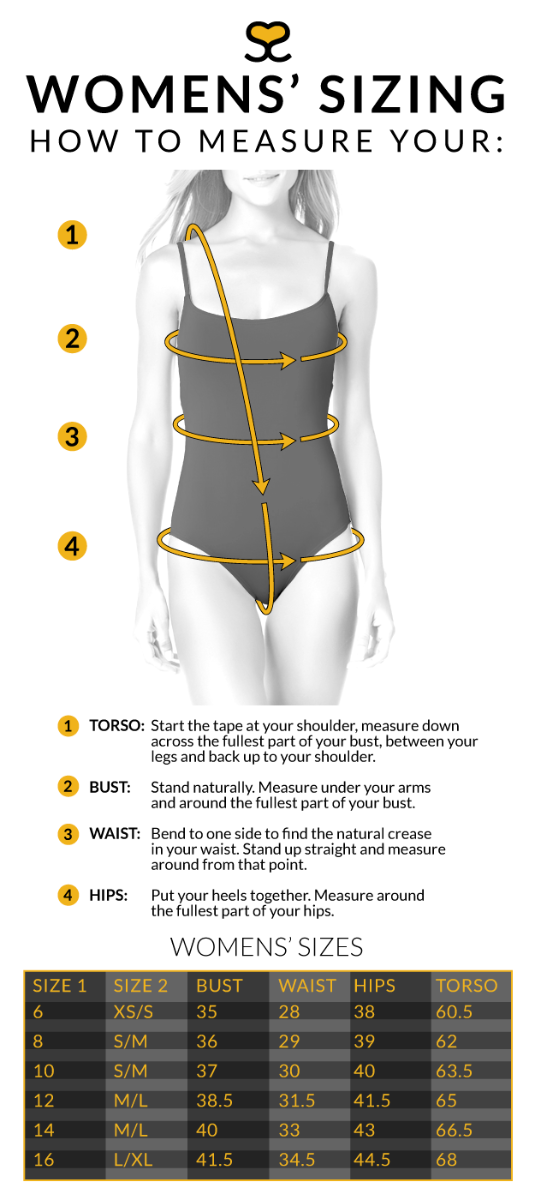
How to Determine If You Should Size Up
If you're still unsure whether sizing up is right for you, consider these steps:
1. Take Accurate Measurements: Use a flexible measuring tape to measure your bust, waist, and hips. Compare these measurements to the brand's size chart.
2. Consider Your Body Shape: If you carry more weight in certain areas, you might want to size up to accommodate those areas comfortably.
3. Read Reviews: Look for reviews from customers with similar body types to yours. They often provide valuable insights into sizing and fit.
4. Try On Multiple Sizes: If possible, try on both your usual size and the next size up. Pay attention to how each feels when you move, sit, and stretch.
5. Consider the Material: If the swimsuit is made of a less stretchy material, you might want to size up for comfort.
6. Think About Your Plans: If you'll be doing active water sports, you might want a snugger fit. For lounging by the pool, a slightly looser fit could be more comfortable.
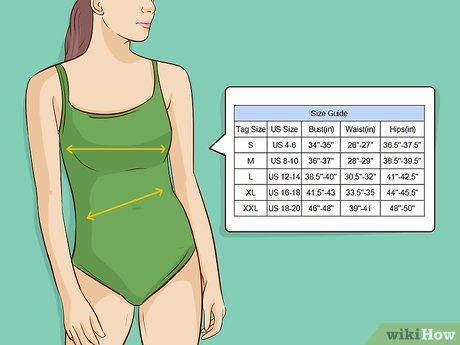
Tips for a Perfect Fit
Regardless of whether you decide to size up or not, here are some tips to ensure you get the best fit possible:
1. Pay Attention to the Straps: Adjustable straps can make a big difference in how a swimsuit fits. Make sure they're comfortable but secure.
2. Check for Gaping: Look for any areas where the suit gapes away from your body, particularly around the bust or bottom.
3. Move Around: Don't just stand still in front of the mirror. Sit down, raise your arms, and move around to ensure the suit stays in place and remains comfortable.
4. Consider Mix and Match: If you're buying separates, don't be afraid to choose different sizes for the top and bottom to accommodate your unique shape.
5. Look for Specific Features: Features like tummy control panels, underwire support, or adjustable ties can help you achieve a better fit without necessarily sizing up.
6. Care for Your Swimwear: Proper care can help maintain the fit of your swimsuit over time. Rinse after each use and avoid rough surfaces that could snag or stretch the fabric.

The Psychological Aspect of Swimwear Sizing
It's important to address the psychological aspect of swimwear sizing. Many people feel pressure to fit into a certain size or may feel discouraged if they need to size up. Remember, swimwear sizes are just numbers, and they vary greatly between brands. The most important thing is how you feel in the suit.
Choosing a size that makes you feel comfortable and confident is far more important than adhering to a particular number on a label. Embracing your body and feeling good in your swimwear will enhance your enjoyment of beach or pool days far more than squeezing into a smaller size ever could.
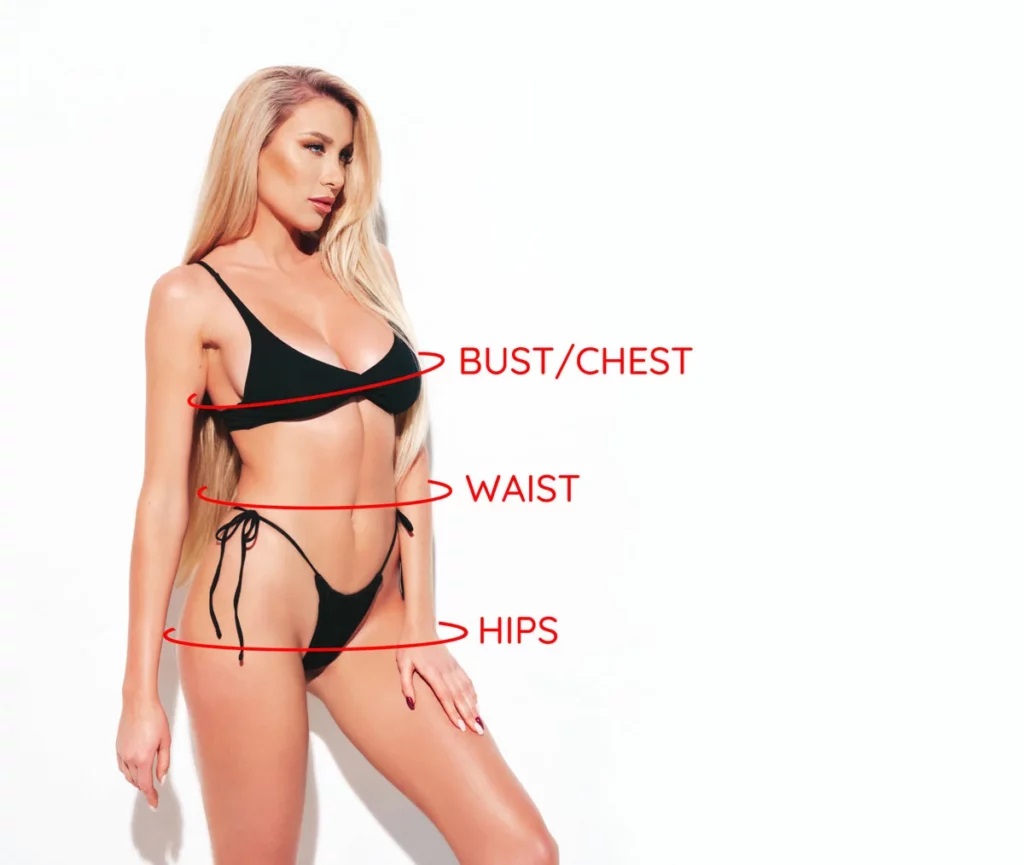
Sustainable Sizing: A New Trend
As the fashion industry moves towards more sustainable practices, some swimwear brands are adopting innovative approaches to sizing. These include:
1. Adjustable Swimwear: Suits with multiple points of adjustment allow for a more customized fit without the need for strict sizing.
2. Made-to-Order: Some brands offer made-to-order swimwear based on your exact measurements, eliminating the need to choose between standard sizes.
3. Inclusive Sizing: Many brands are expanding their size ranges and using diverse models to showcase how their swimwear looks on different body types.
4. Eco-Friendly Materials: Sustainable materials often have different stretch properties, which can influence sizing decisions.
These trends are changing the way we think about swimwear sizing, potentially making the decision to size up or down less critical in the future.
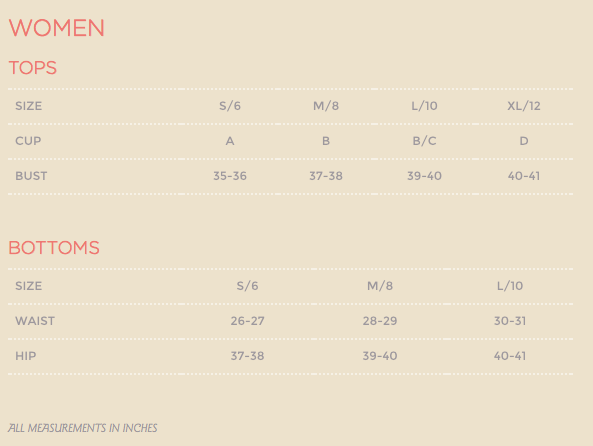
Conclusion
The decision to go up a size in swimwear is a personal one that depends on various factors including your body shape, the specific swimsuit style, and your comfort preferences. While sizing up can offer benefits like increased comfort and a more flattering fit for some, it's not a universal solution. The key is to focus on finding a swimsuit that makes you feel comfortable, confident, and ready to enjoy your time in the sun and water.
Remember, the perfect swimsuit is the one that makes you feel amazing, regardless of the size on the label. Take the time to try on different sizes and styles, pay attention to how the suit feels and moves with your body, and don't be afraid to mix and match or seek out brands that offer more flexible sizing options.
Ultimately, your swimwear should enhance your summer experience, not detract from it. By understanding the nuances of swimwear sizing and considering your individual needs, you'll be well-equipped to make the best choice for you – whether that means sizing up, staying true to size, or exploring alternative options.
So, should you go up a size in swimwear? The answer lies in what makes you feel your best. Armed with the information in this guide, you're now ready to make an informed decision and find the swimwear that will have you looking forward to every beach day and pool party this season.
Frequently Asked Questions
1. Q: How do I know if my swimsuit is too small?
A: Signs that your swimsuit might be too small include feeling restricted when you move, seeing visible lines or indentations on your skin where the suit digs in, experiencing spillage around the edges of the suit, or feeling uncomfortable or self-conscious while wearing it.
2. Q: Will my swimsuit stretch out over time?
A: Most swimsuits will stretch slightly with wear, especially if they're made with materials like spandex or elastane. However, the amount of stretch can vary depending on the quality of the suit and how well you care for it. If you're concerned about stretching, you might want to start with a slightly snugger fit.
3. Q: Is it better to size up or down if I'm between sizes?
A: Generally, if you're between sizes, it's often recommended to size up in swimwear. This can provide more comfort and prevent the suit from feeling too tight, especially when wet. However, this can depend on the specific style of the suit and your personal preferences.
4. Q: How should a one-piece swimsuit fit?
A: A well-fitting one-piece should feel snug but not tight, with no gaping or sagging areas. The leg openings should lie flat against your skin without cutting in, and the bust area should provide adequate coverage and support. You should be able to move comfortably without feeling restricted.
5. Q: Can I mix and match swimwear sizes for tops and bottoms?
A: Absolutely! Many people have different sizes for their top and bottom halves. Many brands sell separates specifically for this reason. Don't hesitate to choose a larger size in one piece if it means getting a better overall fit.









































